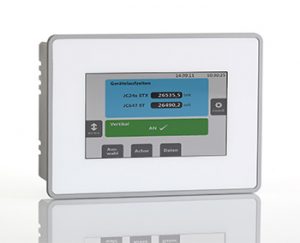We are still far from having smart homes that suit all tastes, but home automation can do much as it is today. During our investigation, we discovered some things that could have a better idea of what home improvement automation does and how it works.
 Very easy to install
Very easy to install
Most devices are easy to install and only require installation and connection to the power supply. You can mount most devices with tape or double-sided screws or put them in a rack. These systems work with batteries or a power outlet. Surveillance cameras, smart plugs, light bulbs, sensors and other small devices often fall into the category of easy installation and take about 10 minutes to set up such devices. On the software side, when it has the power of a device, it goes through a pairing process to connect it to the system. Installing multiple products requires a bit more effort: light switches, programmable thermostats, and smart power outlets.
Larger systems require larger budgets
Devices in DIY home automation systems range from $ 15 for low-range sensors and light bulbs for thermostats and cameras at the high end of the spectrum. Ideally, it can be costly to build your smart home all at once, so costs will spread over time.
D-Link wireless cordless accessory
The components can be boring, but this device is small: it can make any existing electronic device smart. D-Link, also known as DSP-W215, is very easy to use. After all, you can use it to turn it into electronic devices: with your favourite smartphone or tablet, you can enable or disable it from anywhere in the world. In addition to overheating devices, it also provides thermal protection, in addition to programming for permanent travellers and anyone who is really attentive. If you want to add HomeKit to your home, iHome offers something like support Apple’s home automation solution.

